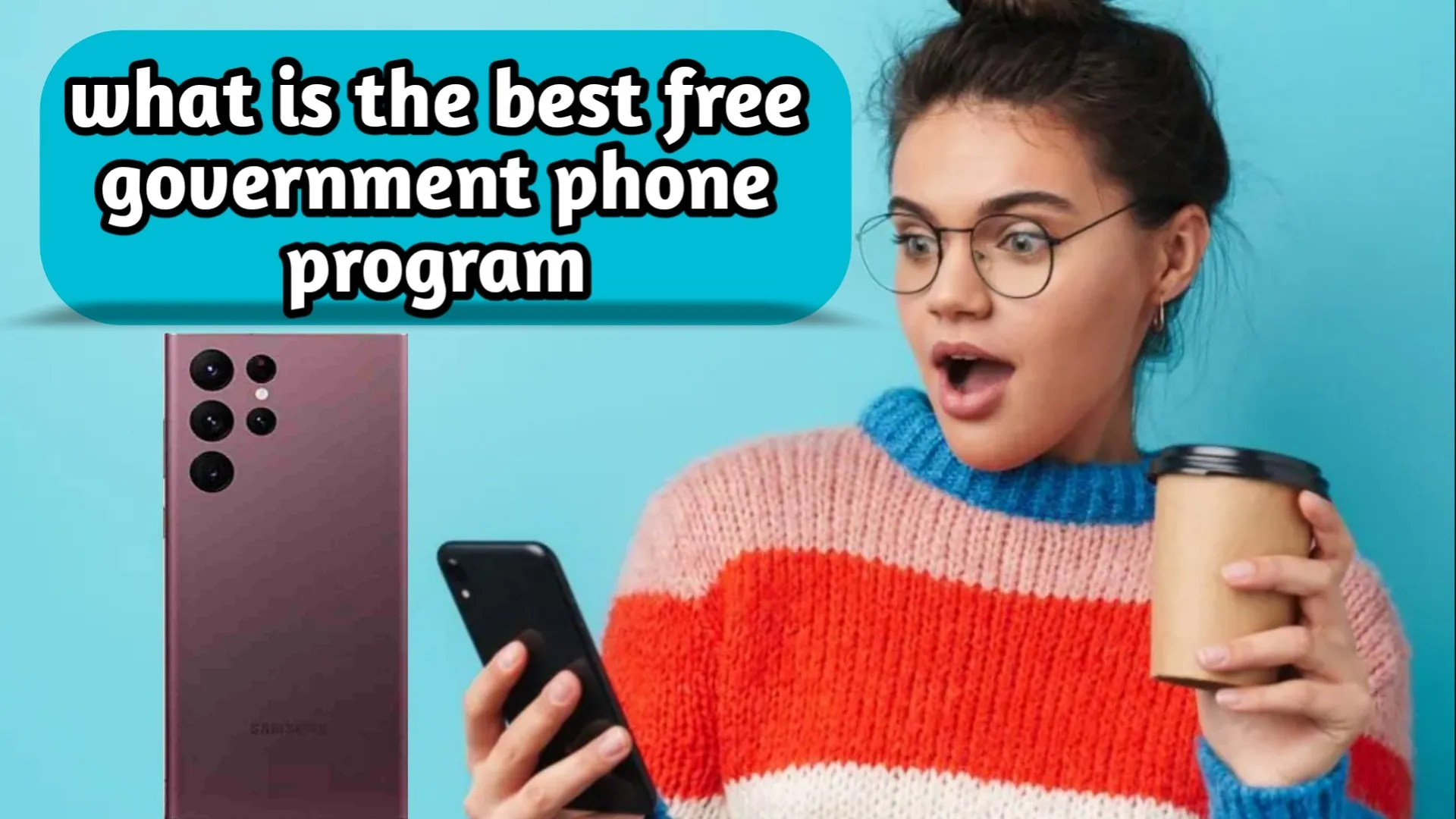In today’s world, a reliable phone isn’t just a luxury – it’s a necessity. It connects you to jobs, healthcare, loved ones, and essential services. But for low-income individuals and families, affording a phone plan can be a significant challenge. Thankfully, the US government offers several programs to help bridge this gap by providing free or heavily discounted phone service.
This guide will equip you with the knowledge to navigate the options and find the best free government phone program for your needs. We’ll cover the two main programs – Lifeline and the Affordable Connectivity Program (ACP) – explain eligibility requirements, explore the benefits offered by different providers, and provide helpful tips for enrolling.
Understanding Your Options: Lifeline vs. ACP
While both Lifeline and ACP aim to make phone service more accessible, they have distinct characteristics:
- Lifeline: Established in 1985, Lifeline is a longstanding federal program that subsidizes the monthly cost of phone or internet service for qualifying low-income consumers. Phone companies participating in Lifeline offer discounted plans, often with free minutes, texts, and sometimes even data.
- Affordable Connectivity Program (ACP): Launched in 2021, the ACP is a broader initiative that directly helps low-income households afford internet service. However, many ACP providers also offer bundled plans that include a discount on a cellphone plan alongside subsidized internet access.
Who Qualifies for Free Government Phone Programs?
The eligibility criteria for both programs are similar. Generally, you qualify if you participate in one or more of the following programs:
- Medicaid
- Supplemental Nutrition Assistance Program (SNAP)
- Federal Public Housing Assistance
- Veterans Pension and Survivors Benefit
- Tribal Programs (specific programs vary)
Alternatively, you may qualify based on your income. The income threshold is set at 135% of the Federal Poverty Level. You can find the specific income limits for your household size by visiting https://www.lifelinesupport.org/get-started/.
Beyond Eligibility: Comparing Free Government Phone Service Providers
Once you’ve confirmed your eligibility, it’s time to explore the options offered by Lifeline and ACP providers in your area. Here’s what to consider when comparing plans:
- Network Coverage: Check which cellular network the provider uses (e.g., Verizon, AT&T, T-Mobile) to ensure good coverage in your area.
- Plan Details: Look for details on included minutes, texts, and data. Some programs might offer unlimited options, while others may have usage limits.
- Phone Options: See if the provider offers a free phone or requires you to bring your own compatible device (BYOD).
- Additional Features: Some providers might offer extras like voicemail, international calling, or mobile hotspot capability.
Here are some resources to help you find providers in your area:
- Lifeline Support Website: https://www.lifelinesupport.org/get-started/
- FCC Lifeline Website: https://www.fcc.gov/lifeline-consumers
- National Telecommunications Information Administration (NTIA) ACP Website: https://www.fcc.gov/acp
Enrolling in a Free Government Phone Program
The enrollment process for Lifeline and ACP varies depending on the provider you choose. Here’s a general guideline:
- Choose a provider: Research providers in your area and select one that offers a plan that meets your needs.
- Contact the provider: Visit the provider’s website or call their customer service number to initiate the enrollment process.
- Provide documentation: You will likely need to provide proof of your eligibility, such as a copy of your Medicaid card or proof of income.
- Complete the application: The provider will guide you through their specific application process.
READ MORE :: Bridging the Digital Divide: Free Government Smartphones in the US (2024)
Conclusion
Lifeline and ACP are valuable programs that can help make phone service accessible for low-income individuals and families. By understanding the eligibility requirements, comparing provider options, and following the enrollment steps, you can find a free or heavily discounted plan that keeps you connected. Remember, having a reliable phone is an investment in your well-being and opens doors to opportunities.
Maximizing Your Free Government Phone Service
Here are some tips to get the most out of your free government phone program:
- Choose the right plan: Don’t settle for the first plan you see. Compare options and find one that aligns with your usage habits. If you primarily use your phone for calls and texts, a plan with limited data might suffice. However, if you rely on your phone for internet access, prioritize a plan with enough data to avoid exceeding limits and incurring additional charges.
- Manage your data usage: If your plan has data limitations, be mindful of how you use your data. Consider turning off background data refresh for apps, using Wi-Fi whenever possible, and compressing data usage settings in your web browser.
- Explore free Wi-Fi options: Many libraries, community centers, and public spaces offer free Wi-Fi. Take advantage of these options to conserve your data allowance.
- Keep your phone safe: A free phone is still valuable, so treat it with care. Invest in a sturdy case and screen protector to avoid damage.
- Explore additional resources: Many government assistance programs offer resources for job training, education, and financial literacy. Having a phone can help you connect with these programs and improve your overall well-being.
The Final Word
Free government phone programs are a lifeline for millions of Americans. By understanding the options available, making informed choices, and using your phone wisely, you can leverage this benefit to stay connected, improve your quality of life, and reach your full potential.

![[Sophie Rain] in softly lit private setting](https://jiosewa.com/wp-content/uploads/2025/10/thumbnail-6-150x150.jpeg)
![[Sophie Rain] in softly lit private setting](https://jiosewa.com/wp-content/uploads/2025/10/images-9-1-150x150.jpeg)
